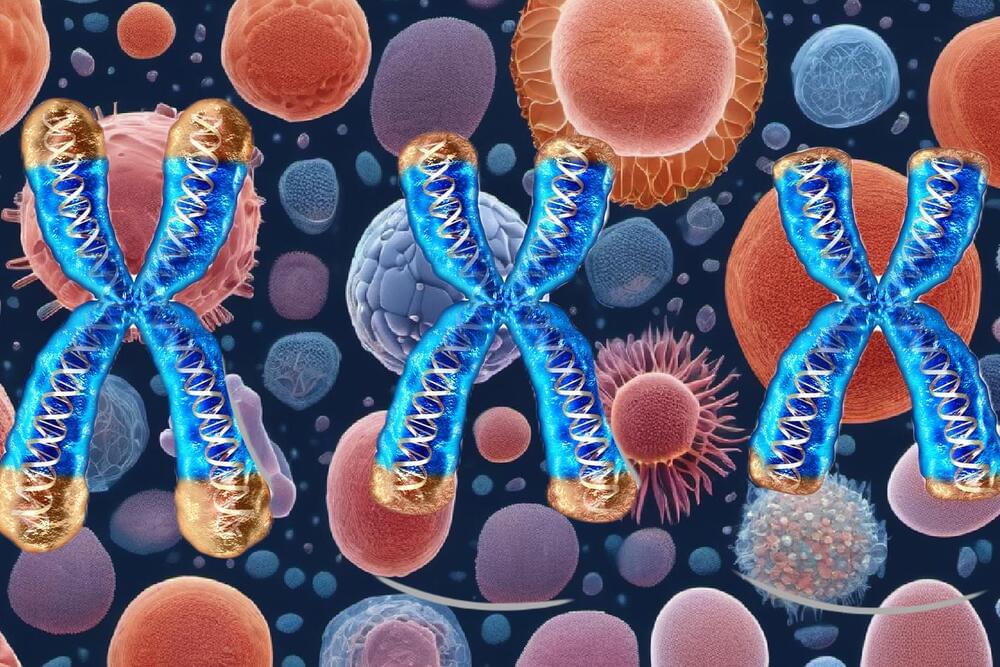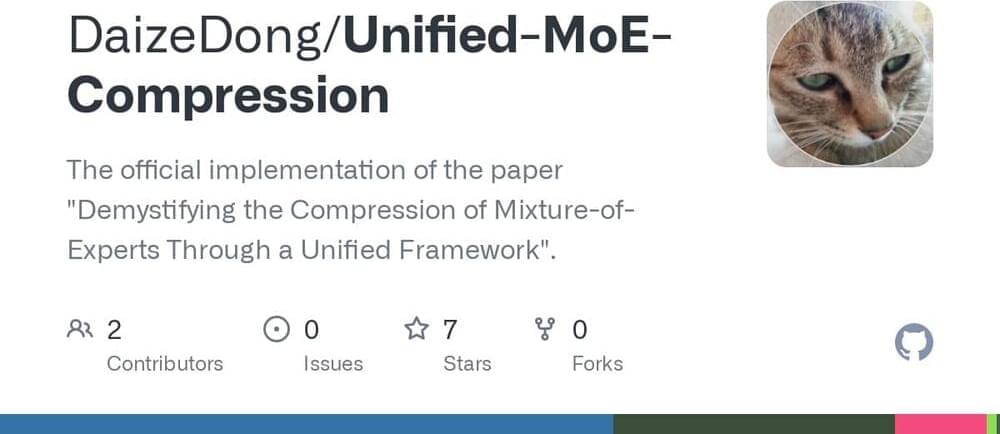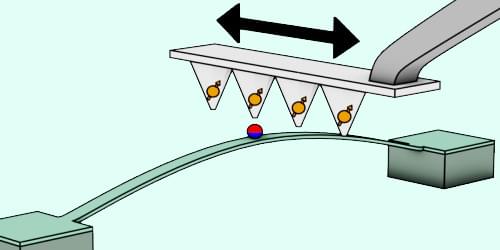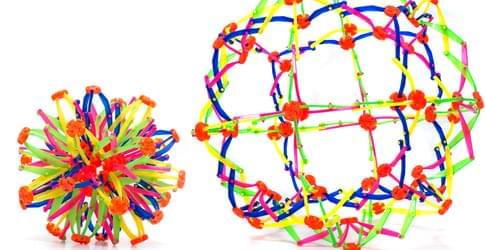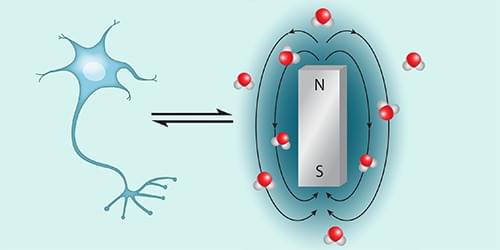Jun 27, 2024
Experiencing without knowing? Empirical evidence for phenomenal consciousness without access
Posted by Dan Breeden in categories: futurism, neuroscience
Can one have a phenomenal experience to which one does not have access? That is, can you experience something without knowing? The dissociation between phenomenal ℗ and access (A) consciousness is widely debated. A major challenge to the supporters of this dissociation is the apparent inability to experimentally demonstrate that P-without-A consciousness exists; once participants report having a P-experience, they already have access to it. Thus, all previous empirical support for this dissociation is indirect. Here, using a novel paradigm, we create a situation where participants (Experiment 1, N = 40) lack online access to the stimulus yet are nevertheless able to retrospectively form judgements on its phenomenal, qualitative aspects. We further show that their performance cannot be fully explained by unconscious processing or by a response to stimulus offset (Experiment 2, N = 40). This suggests that P and A consciousness are not only conceptually distinct, but might also be teased apart empirically. STATEMENT OF RELEVANCE: A critical question in the scientific quest towards solving the problem of consciousness focuses on the ability to isolate conscious experiences at their purity, without any accompanying cognitive processes. This challenge has been augmented by a highly influential — yet controversial — dissociation suggested by the philosopher Ned Block between Phenomenal consciousness, or the “what it is like” to have an experience, and Access consciousness, indexing the ability to report that one has that experience. Critically, these two types of consciousness most typically go together, making it highly difficult — if not impossible — to isolate Phenomenal consciousness. Our work shows that the dissociation between phenomenal and access consciousness is not merely conceptual, but can also be empirically demonstrated. It further opens the gate to future studies pinpointing the neural correlates of the two types of consciousness.
Keywords: Access consciousness; Cognition; Consciousness; Phenomenal consciousness; Qualia; Unconscious processing.
Copyright © 2023 The Authors. Published by Elsevier B.V. All rights reserved.

